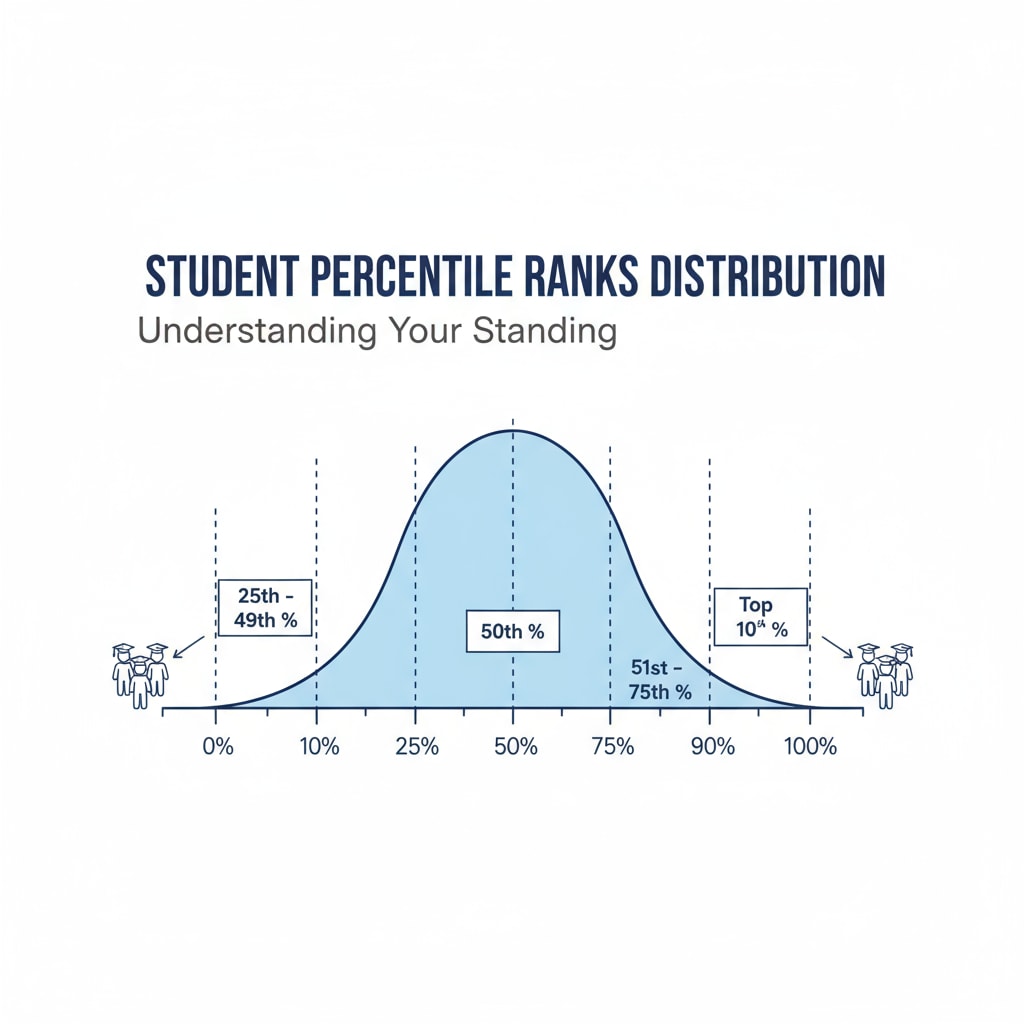STAR Test, Percentile Rank, and Performance Evaluation are crucial aspects in understanding a child’s academic standing in the K12 education system. Parents often look to these metrics to gauge how well their children are performing. But what do these numbers really mean? Let’s dive in and explore.
The Basics of STAR Test
The STAR Test, or the Standardized Testing and Reporting test, is a widely used assessment in many schools across the United States. It aims to measure a student’s academic progress in various subjects such as reading, math, and language arts. STAR Test Research on AIR This test is designed to provide educators and parents with insights into a student’s strengths and weaknesses. For example, it can show which areas a student is excelling in and which ones need improvement.

Understanding Percentile Rank
Percentile rank is a key component of understanding STAR Test results. It indicates the percentage of students in a specific group (usually of the same age or grade) who scored at or below a particular student’s score. For instance, if a student is in the 80th percentile, it means they scored better than 80% of their peers. This gives parents a relative measure of their child’s performance compared to others. Percentile Rank on Wikipedia However, it’s important to note that percentile rank doesn’t directly reflect a student’s absolute knowledge or skills.

When evaluating STAR Test scores, it’s essential to consider both the raw scores and the percentile ranks. The raw score shows the actual number of questions a student answered correctly. But the percentile rank puts that score in context, showing how the student fares against their peers. This combination provides a more complete picture of a student’s academic performance.
Readability guidance: As we’ve seen, the STAR Test and its associated metrics like percentile rank offer valuable insights. However, it’s important to use these tools wisely. By understanding the basics of the test and what the numbers represent, parents can better support their children’s learning journey.


